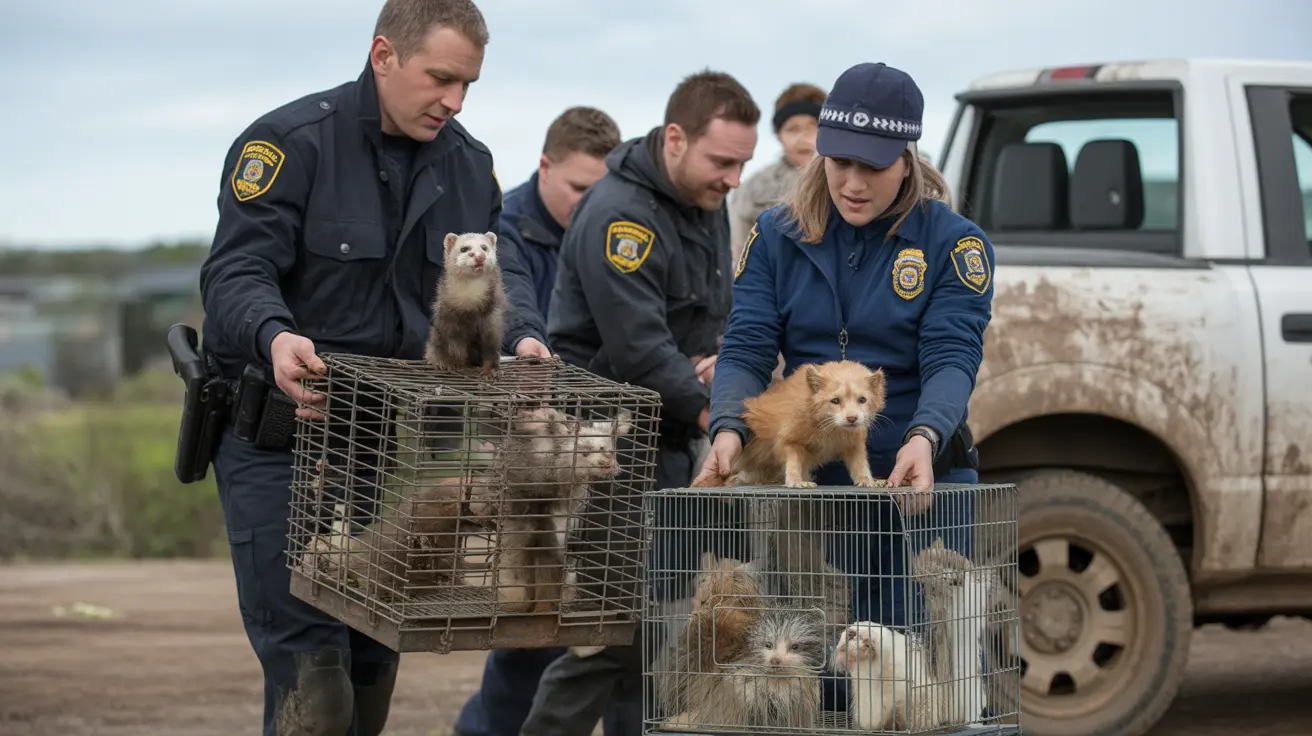Understanding Animal Hoarding and Its Impact
Animal hoarding cases often involve complex psychological and social factors that affect both the individuals and animals involved. This particular case exemplifies how hoarding can escalate to include multiple species, creating challenging rescue scenarios for animal welfare organizations and emergency responders.
Mental Health and Animal Hoarding
The involvement of an elderly resident in this case reflects a common pattern in animal hoarding situations. Elderly individuals may be particularly vulnerable to developing hoarding behaviors, especially when facing isolation or declining cognitive function. This intersection of aging and animal hoarding requires a compassionate, multi-faceted approach to intervention.
Health Risks and Safety Concerns
The presence of multiple species in a single residence can create severe health risks for both animals and humans. Common concerns in such situations include:
- Poor ventilation and air quality
- Unsafe accumulation of animal waste
- Increased risk of zoonotic disease transmission
- Compromised structural integrity of the building
- Limited access to emergency exits
Multi-Species Hoarding Challenges
When dealing with various species under one roof, rescue operations become particularly complex. Each type of animal requires specific care considerations, appropriate housing, and specialized veterinary attention. This diversity of needs can strain the resources of animal welfare organizations and emergency responders.
Animal Hoarding Cleanup and Recovery
The rehabilitation process following a large-scale hoarding rescue involves multiple stages:
- Initial assessment and documentation of all animals
- Emergency veterinary care and health evaluations
- Species-specific housing arrangements
- Behavioral assessment and rehabilitation
- Long-term placement planning
Frequently Asked Questions
What is animal hoarding and how can I recognize the signs in someone's home?
Animal hoarding is the compulsive accumulation of more animals than a person can properly care for, often resulting in neglect, unsanitary conditions, and health risks. Signs include overcrowded pets, poor sanitation, visible distress of animals, and clutter that impedes safe living.
What are the health risks to pets and humans in animal hoarding situations?
Hoarded animals often suffer from disease, malnutrition, and behavioral issues, while humans risk exposure to zoonotic diseases (like toxoplasmosis or salmonella), respiratory problems from high ammonia levels, and fire and hygiene hazards in the home.
How do authorities handle large-scale animal hoarding cases?
Emergency responses typically involve animal control, social services, and law enforcement working together to rescue animals, provide urgent veterinary care, sanitize and repair the property, and offer mental health support to the hoarder.
Prevention and Community Response
This case serves as a reminder of the importance of early intervention in potential hoarding situations. Communities can help prevent similar cases by recognizing warning signs and reporting concerns to appropriate authorities. Local animal welfare organizations and social services play crucial roles in addressing these complex situations before they escalate to dangerous levels.
Remember that animal hoarding is a serious condition requiring professional intervention. If you suspect an animal hoarding situation in your community, contact local animal control or law enforcement for guidance and assistance.






